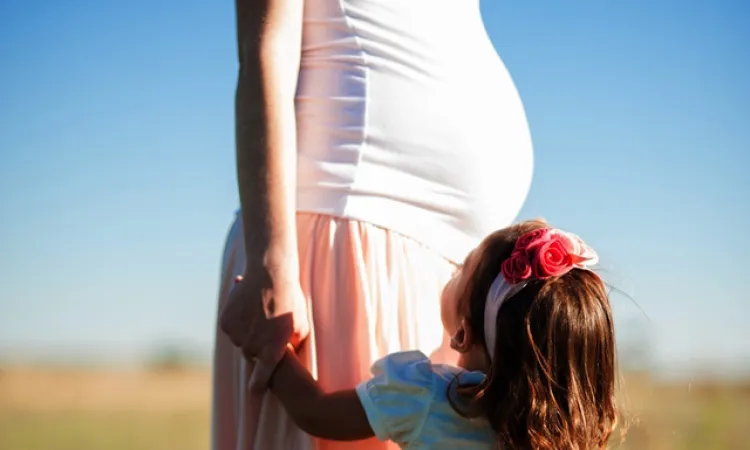In Western European nations, supporters and opponents of abortion managed to reach national compromises soon after abortion was legalized. All European countries allow abortions through the first trimester, but most ensure a process that allows a woman to consider her options. In several countries, such as Germany, the Netherlands, and Belgium, women are obligated to wait several days before having an abortion and must provide particular reasons for wanting to terminate the pregnancy. In Europe, abortions through the second trimester are only permitted when the mother's mental and physical health is at serious risk or grave fetal defects have been discovered.
Such restrictions are not regarded as a "war on women," as they would be in this country. They have not led to a decline in women's health, nor have they held women back professionally.
To be sure, America does not provide the same level of assistance for women, in terms of maternal healthcare, child care, and family-friendly workplaces. But looking at Europe's handling of the abortion issue illustrates the way that compromise may serve women and protect the lives of the unborn.
Indeed, the majority of Americans would prefer restrictions on abortion while generally keeping it legal.
But unfortunately, the political parties in this country remain rigidly divided on the abortion question. Consequently, the political debate on abortion is largely driven by the most extreme positions. In effect, politicians are both restricted by the stakes laid out by the opposing camps, and stoke the fire by playing to their constituencies. To them, it often makes sense to score politically through simplistic talking points rather than engage in debates that allow for the complexity of the life issue.
Abortion is closely tied up with other big issues of our times, such as the position of women in our society, the economy and the cost of living, welfare, health care, and education. It is far too important to be reduced to a vehicle of scoring political points based on whether a candidate is "for" life or "for" choice. Because of the way that the issue of abortion is simplified and misrepresented, regular women and mothers have become either pawns or helpless spectators in a cultural battle between activists and politicians. The high emotions of this cultural battle result in the failure to confront the diverse problems that make women opt out of motherhood in the first place. In 2008, 58 percent of women who had abortions were in their 20s, 86 percent were unmarried, and 57 percent were economically disadvantaged. Generally, one in five pregnancies end in abortion.



